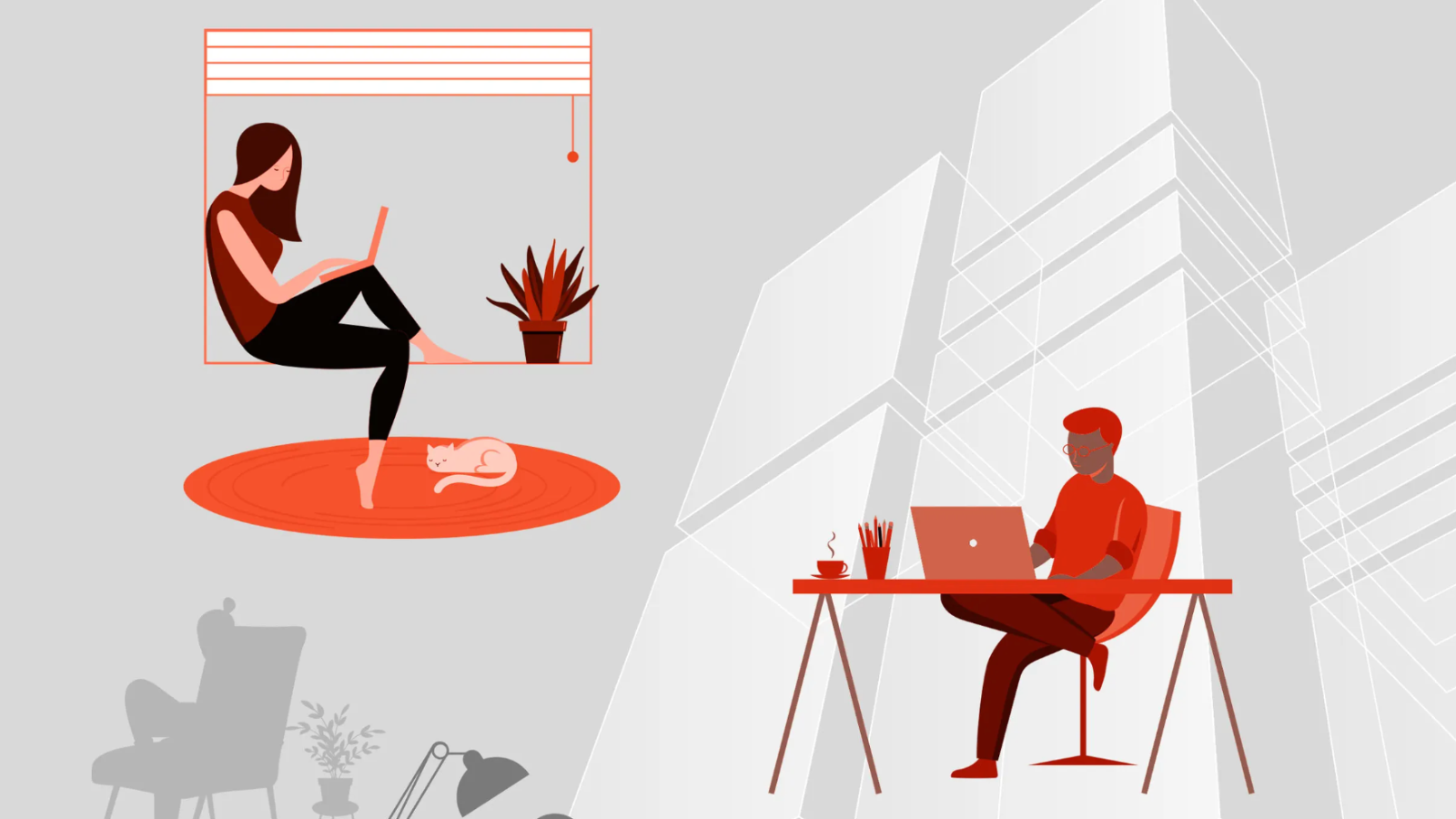
Future of Work Roundup: August 26
A look at “quiet quitting,” plus some stats on how too many meetings are bumming us out.

This week’s Future of Work Roundup focuses on the challenges of returning to the office, like Google’s attempt to figure it out, experimenting with different work spaces, and realizing that we don’t really know what to do.
The tech giant’s effort to find the perfect balance of hybrid work, and to bring 165,000 folks back in three day a week, is being met with tons of challenges – and resistance.
Can’t say I’m surprised.
The bottom line: Challenges aside, the most coveted work perk is flexibility – where, when, and how one works – so if major orgs want to hire and retain talented employees, they have to meet their needs.
Coffee and co-workers are a classic combination, and Twitter’s CEO seems to think that the future of returning to work will look less like going into a traditional office and more like heading into city-specific communal spaces.
Chats over cappuccinos do sound better than cubicles.
The bottom line: How to get people out of the house and into a place where they can collaborate IRL is still a big question mark. But we’re realizing that whatever physical space that is, it needs to be a place people want to go to – and the offices of yesteryear just won’t cut it.
The pandemic flipped our worlds upside down, and as we navigate how to best balance a return to work policy, we have to remember that there is no playbook or algorithm for what to do.
It’d be a lot cooler if there was.
The bottom line: Navigating hybrid work has become so difficult that managers are starting to release their grip on rigid rules and accepting that things will look messy, at least for now.

A look at “quiet quitting,” plus some stats on how too many meetings are bumming us out.

The future of four-day work weeks, plus why women are quitting more than men.

Six experts forecast the future of work, plus driving higher work performance through closer connections.